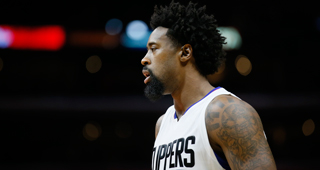An ongoing point of discussion over the past few years has been whether the NBA should change its rules to eliminate the ability for teams to "Hack-A" and force bad free throw shooters onto the line or out of the game.
So-called basketball purists have insisted on preserving the sanctity of the game that requires players to make an acceptable percentage of their free throws.
But the free was not even among the original 13 rules for the game of basketball created by James Naismith, according to a 2010 article on the USA Basketball website written by Ryan Wood.
The closest thing was rule No. 7, which stated "If either side makes consecutive fouls it shall count a goal for the opponents."
The original penalty for committing a foul was tweaked to "if three fouls were committed by one team without the other team having committed a foul, the team that was fouled should receive one point."
At that point, all basketball were worth one point and Naismith realized the penalty was too severe and then adjusted the value of all field goals to three points and fouls were an automatic one point.
Naismith then first created a foul shot, which was from 20 feet and it counted as a field goal if made.
The final major change took place in 1895 when the free throw line was moved to 15 feet. A year later point totals were changed to two for a regular field goal and one point for a free throw.
Those rules stood for 29 years but a team could choose who they wanted to shoot the free throw. In 1924, players had to shoot their own free throws if they were fouled.
"I have often overheard some spectators express the opinion that a game was won by free throws. I have always taken the attitude that the game was lost by fouls." Naismith wrote. "Personally, I believe that any tendency toward lessening the penalty of a foul would be a serious mistake."


